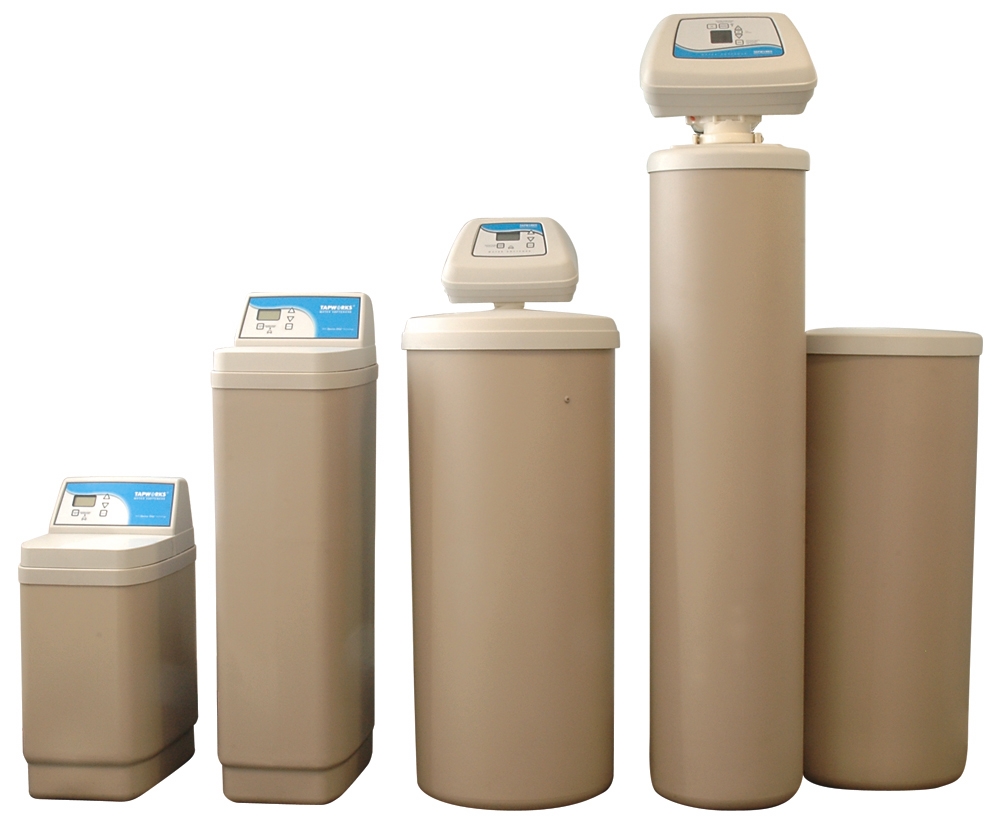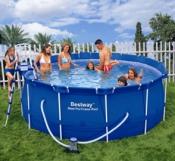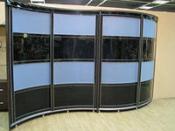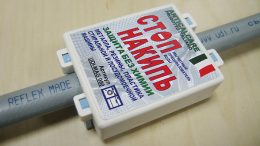Search
Login
Water softener
The discomfort after washing with hard water is dry, itchy skin. How to make water soft - we will consider in this article.
Content
- Hard water negative
- How to make hard water soft video
- Water softener of the Austrian concern BWT
- Types of water softeners
Hard water negative
To make the hair shiny, and the skin does not age for a long time - for this, since ancient times, people used rainwater.
The fact is that rainwater is soft, it does not contain hardness salts.
A thin fat film of the skin protects the surface of the skin from drying out, soft water does not destroy the natural thin fat layer.
But in our apartments and private houses, mainly water comes with a high content of calcium and magnesium - these are the so-called hardness salts.

Hardness salts are deposited on the hair, making them dull and naughty.
Getting on the skin, hardness salts cover it with the same film and a person, leaving the bath, feels dry and itchy.
To eliminate this negative, apply moisturizers and lotions.
In addition to this problem, hard water reduces the washing ability of even ordinary soaps.
Powders do poorly wash dirt; after washing, lime deposits are deposited on things and things are very poorly ironed.
The use of hard water leads to stains on the tiles, on the surface of the mixer, on mirrors and utensils.
Hard water forms scale on the heating elements of household appliances - and these are washing machines, dishwashers, kettles, etc.
Lime deposits on the tenh, lead not only to increased energy consumption, but also to breakdowns of all equipment.
How to make hard water soft
In many ways, hard water can be made soft.
You can mix in phosphate-containing additives, you can use an electromagnetic installation.

All these methods allow you to protect household appliances, pipes and heating elements from calcareous deposits.
But all these actions can only bind hardness salts, do not allow them to precipitate, but are not able to remove them from the water.
Using the above methods, you will not get rid of discomfort after water procedures and do not increase the effectiveness of detergents.
And when using a softener, harmful salts can be completely removed.
The softener installation, in its work, uses the principle of ion exchange.
Inside the unit there is a container in which there is an ion-exchange resin, this resin is saturated with sodium ions.
At water passage through the container, the resin interacts with hardness salts.
The result of the interaction is the replacement of sodium ions in the resin by calcium and magnesium ions.
At the exit of the softener, water, after this procedure, turns out to be soft, very useful for skin and hair and does not damage the equipment.
Naturally, during use, the amount of sodium ions in the resin decreases, and the calcium and magnesium ions become larger.
Thus, the ability to soften water is lost.
But not everything is lost, since the process of ion substitution in the resin is reversible, i.e. the beneficial properties of the resin are easily restored.
To restore the resin, a tableted salt of sodium chlorine (NaCl) is used.
The softener installation has a tank, salt is poured into it, water enters the tank, as a result, a concentrated saline solution is formed.
When the time comes for recovery, a salt solution is poured into the container with the resin, sodium ions remove magnesium and calcium ions - the resin is ready for battle again, and the used solution is drained into the sewer.
Water softener of the Austrian concern BWT
Water softeners occupy a certain niche in the Russian market.
But installations with ion exchange resins are quite expensive.
In 2012, the Austrian concern BWT introduced the economical Aquadial Softlife household water softeners to the Russian market.
These devices have a low price, but high quality.
The softener is produced in the UK in a modern factory, the water softeners have a control unit with an information display.

It’s very simple to set up a softener; to work, you need to enter the time, hardness level of the incoming water, set the type of ion-exchange resin recovery mode.
The softener kit includes a set for water test, with its help it is easy to determine the level of hardness of your water.
The softener is equipped with a mixing valve.
Using the mixing valve, the user is able to adjust the water hardness at the outlet of the device to his taste, can add a little not softened to soft water.
The presence of a mixing valve allows not to install a bypass with shut-off valves in the water supply system, which is used for the same purpose.
During the recovery or regeneration of the ion exchange resin, the unit is not able to soften water.
The user is offered three different regeneration modes to choose from:
- immediate regeneration mode - in accordance with a given level of hardness, the installation of the softener itself calculates when the supply of sodium ion in the resin is over. The water flow meter shows that the calculated volume of water passed through the softener - the regeneration process begins immediately;
- delayed regeneration mode - does not allow people to be left without water when the resin’s resource has ended in the afternoon. Regeneration will not be carried out immediately, but will be postponed to the time when people are sleeping. Water will flow smoothly, but without softening;
- the third mode, collects statistics on water consumption in two weeks, the installation itself will calculate when the resin’s resource expires and starts the regeneration process the night before.
Many models of softeners, when regenerating, do not take into account whether the supply of active resin remains in the tank or not and consume more salt than necessary.
Aquadial Softlife automation is able to calculate the amount of active resin remaining and uses as much salt as needed to regenerate the exhausted resin.
These models are economy class softeners and have low power consumption.
The power supply is brought out, if it fails, it is easy to replace.
Types of water softeners
The company has developed softeners of various sizes and capacities.

Aquadial Softlife 10 is the smallest model of BWT softeners.
The dimensions of this case model are 270x480x532 mm.
Small sizes allow you to easily place a softener under the sink in the bathroom or put in a cabinet under the sink in the kitchen, and its productivity is up to 1440 l / h.
This model is ideal for apartments.
For private houses and cottages, the Aquadial Softlife 25 model is well suited.
In this softener, the ion exchange resin is 2.5 times more, of course, the resource of the resin is longer and its performance is greater.





